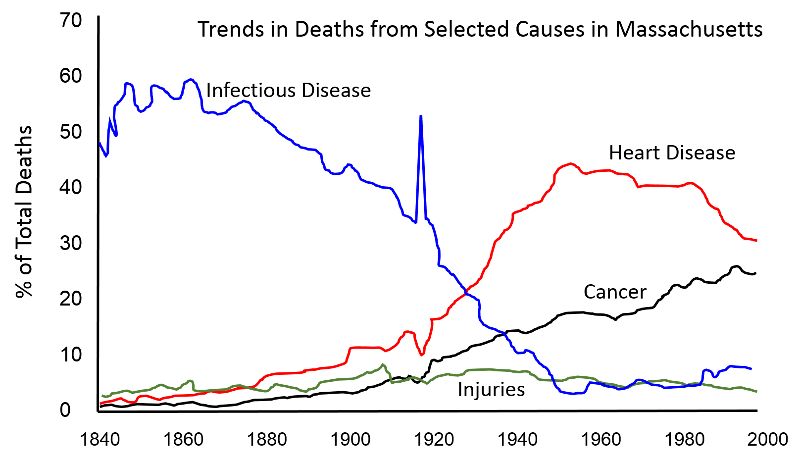Introduction
Disease surveillance involves a constellation of information systems that identify and record health related outcomes. Collectively, these systems provide raw data for descriptive epidemiology that is vital for a number of important public health functions, including:
- Monitoring and reporting on the health status and health related behaviors in populations,
- Identifying emerging health problems,
- Alerting us to potential threats from bioterrorism,
- Establishing public health priorities for a population,
- Evaluating the effectiveness of intervention programs, and
- Exploring potential associations between "risk factors" and health outcomes in order to generate hypotheses about the determinants of disease.

Learning Objectives
After successfully completing this unit, the student will be able to:
- Describe and give examples of the role of surveillance systems in public health.
- Identify surveys and data sets that are available for public health related research.
- Describe the disease reporting pathway for Massachusetts and the US federal government.
- Explain what is meant by the term "notifiable disease" (or "reportable disease").
- Describe the breadth of modern public health surveillance systems and give specific examples.
- Define "syndromic surveillance" and explain how syndromic surveillance can be advantageous over regular surveillance.



